-
 Bitcoin
Bitcoin $83,880.0364
2.80% -
 Ethereum
Ethereum $1,808.9871
2.05% -
 Tether USDt
Tether USDt $0.9996
-0.02% -
 XRP
XRP $2.1254
5.18% -
 BNB
BNB $597.0415
1.77% -
 Solana
Solana $121.8511
6.23% -
 USDC
USDC $0.9999
-0.02% -
 Dogecoin
Dogecoin $0.1711
8.55% -
 Cardano
Cardano $0.6607
4.73% -
 TRON
TRON $0.2400
1.83% -
 UNUS SED LEO
UNUS SED LEO $9.4688
0.77% -
 Chainlink
Chainlink $12.9117
3.28% -
 Toncoin
Toncoin $3.3769
-5.92% -
 Stellar
Stellar $0.2595
1.51% -
 Avalanche
Avalanche $18.0323
0.37% -
 Sui
Sui $2.2780
2.94% -
 Shiba Inu
Shiba Inu $0.0...01226
1.24% -
 Hedera
Hedera $0.1649
3.59% -
 Litecoin
Litecoin $84.3834
3.43% -
 Polkadot
Polkadot $4.0619
1.74% -
 MANTRA
MANTRA $6.2855
-1.22% -
 Bitcoin Cash
Bitcoin Cash $299.4248
1.74% -
 Bitget Token
Bitget Token $4.5468
1.98% -
 Dai
Dai $0.9999
-0.01% -
 Ethena USDe
Ethena USDe $0.9992
-0.02% -
 Monero
Monero $215.2689
2.79% -
 Hyperliquid
Hyperliquid $11.8405
4.32% -
 Uniswap
Uniswap $5.8764
3.23% -
 Pi
Pi $0.5380
-5.19% -
 Pepe
Pepe $0.0...07139
9.88%
What is blockchain privacy protection technology?
ZKPs, a blockchain privacy protection technology, allow users to prove possession of information (e.g., private keys) without revealing the actual information.
Feb 15, 2025 at 01:18 pm
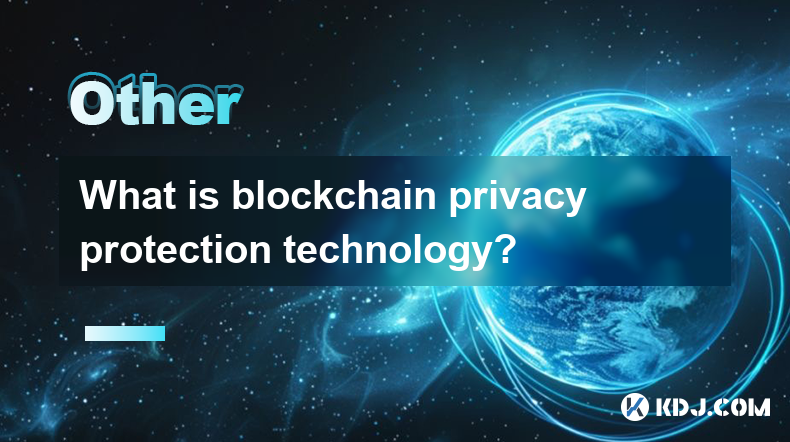
Key Points:
- Understanding Privacy Concerns in Blockchain
- Types of Blockchain Privacy Protection Technologies
- Zero-Knowledge Proofs (ZKPs)
- Homomorphic Encryption
- Differential Privacy
What is Blockchain Privacy Protection Technology?
Blockchain technology offers many advantages, but it also presents challenges related to user privacy. Transactions on public blockchains are open and transparent, accessible to everyone. This transparency can be problematic in scenarios where users want to maintain the confidentiality of their activities and sensitive data.
To address these concerns, various blockchain privacy protection technologies have been developed. These technologies enable users to interact with blockchains without compromising their sensitive information.
Types of Blockchain Privacy Protection Technologies
Several privacy protection technologies are available in the blockchain ecosystem, each offering unique mechanisms to enhance user privacy.
1. Zero-Knowledge Proofs (ZKPs)
- ZKPs allow users to prove possession of information without revealing the information itself.
- Users can demonstrate knowledge of a secret (e.g., a private key) to a verifier without disclosing the secret.
- ZKPs enable efficient and verifiable privacy-preserving transactions.
2. Homomorphic Encryption
- Homomorphic encryption allows computations to be performed on encrypted data without decrypting it first.
- This allows users to perform complex calculations on sensitive data while maintaining confidentiality.
- Homomorphic encryption offers a secure way to store and process private information on blockchains.
3. Differential Privacy
- Differential privacy introduces noise into data to mask individual records.
- This noise protects user privacy by making it difficult to identify or link individuals from the data.
- Differential privacy is used to release sensitive data for statistical analysis while preserving privacy.
How Blockchain Privacy Protection Technologies Work?
- ZKPs: Users generate cryptographic proofs that demonstrate possession of a secret. These proofs are verified without revealing the secret.
- Homomorphic Encryption: Data is encrypted using homomorphic encryption algorithms. Computations are performed on the encrypted data, yielding encrypted results. The results are decrypted to reveal the output.
- Differential Privacy: Data is perturbed with noise. The noise masks individual records while preserving statistical properties. This ensures privacy while allowing data analysis.
Benefits of Blockchain Privacy Protection Technologies:
- Enhanced Privacy: Users can maintain confidentiality of their transactions and data.
- Increased Security: Privacy protection technologies prevent unauthorized access to sensitive information.
- Trustless Verification: Transactions and computations can be verified without revealing confidential data, fostering trust.
Challenges in Implementing Blockchain Privacy Protection Technologies:
- Computational Complexity: Some privacy protection technologies can be computationally intensive, limiting their scalability.
- Proof Size: ZKPs can generate large proofs, increasing the time and resources required for verification.
- Interoperability: Different privacy protection technologies may not be compatible, hindering the adoption of interoperable privacy solutions.
FAQs:
- Q: What are the main privacy concerns in blockchain?
A: The main privacy concerns include transaction transparency, which can reveal sensitive information such as transaction history and amounts.
- Q: Which blockchain privacy protection technology is the most effective?
A: The effectiveness of privacy protection technologies depends on specific scenarios and requirements. No single technology is universally superior.
- Q: How can I use blockchain privacy protection technologies?
A: Look for blockchain protocols and applications that incorporate these technologies. Consider using privacy-enhancing wallets or mixers to further protect your privacy.
Disclaimer:info@kdj.com
The information provided is not trading advice. kdj.com does not assume any responsibility for any investments made based on the information provided in this article. Cryptocurrencies are highly volatile and it is highly recommended that you invest with caution after thorough research!
If you believe that the content used on this website infringes your copyright, please contact us immediately (info@kdj.com) and we will delete it promptly.
- Justin Sun Accuses First Digital Trust of Insolvency, Triggering Severe Depeg of the FTUSD Stablecoin
- 2025-04-05 03:20:12
- The psychology of betting: how digital assets influence player behavior in 1win
- 2025-04-05 03:20:12
- Remittix Solves Real-World Problems and Provides an Actual Solution to Crypto Payments
- 2025-04-05 03:15:12
- The Crypto Market's 2025 Bull Run Is Here
- 2025-04-05 03:15:12
- If You're Hunting for the Best Meme Coin to Buy, Now's the Time to Look Beyond the Usual Suspects
- 2025-04-05 03:10:13
- PayPal Expands Crypto Services with Solana and Chainlink
- 2025-04-05 03:10:13
Related knowledge
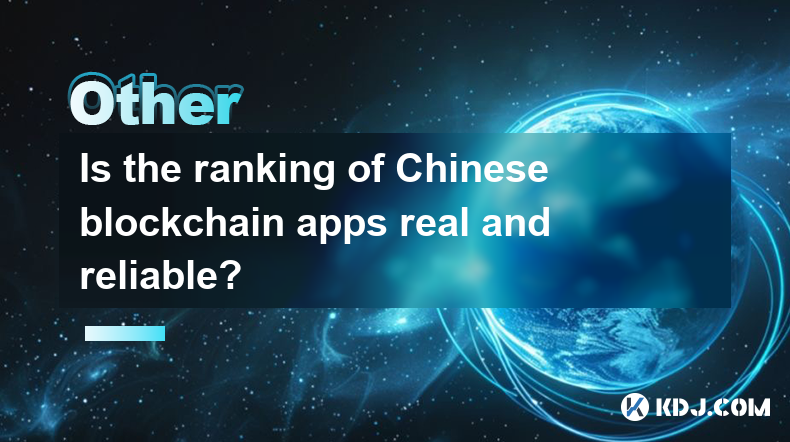
Is the ranking of Chinese blockchain apps real and reliable?
Apr 04,2025 at 09:01pm
The ranking of Chinese blockchain apps has become a topic of interest for many in the cryptocurrency community, as it provides insights into the popularity and adoption of blockchain technology within China. However, the reliability and authenticity of these rankings are often questioned. This article aims to delve into the factors that influence these ...
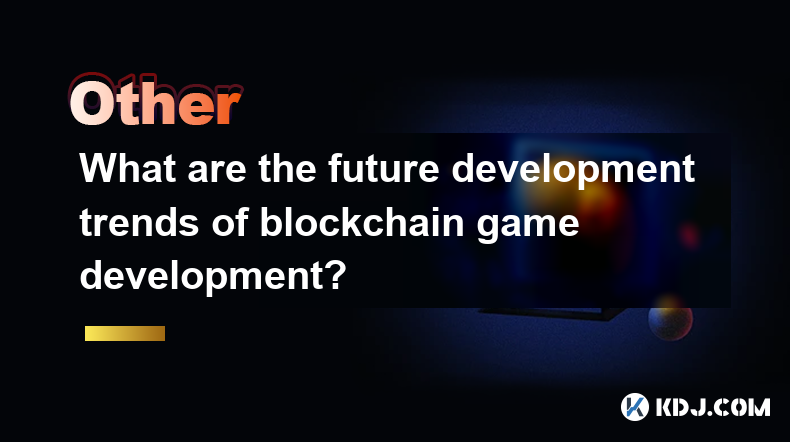
What are the future development trends of blockchain game development?
Apr 03,2025 at 05:00am
Blockchain technology has revolutionized various industries, and gaming is no exception. As we look to the future, several trends are set to shape the development of blockchain games. These trends not only promise to enhance the gaming experience but also to integrate blockchain technology more seamlessly into the gaming ecosystem. Let's explore these t...
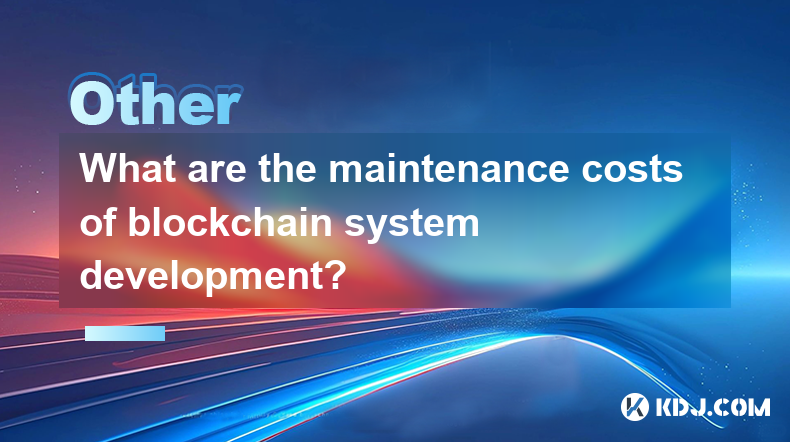
What are the maintenance costs of blockchain system development?
Apr 03,2025 at 06:07pm
The maintenance costs of blockchain system development are multifaceted and depend on various factors. These costs can include technical maintenance, security updates, infrastructure expenses, and personnel costs. Understanding these elements is crucial for anyone planning to develop or maintain a blockchain system. Technical MaintenanceTechnical mainte...
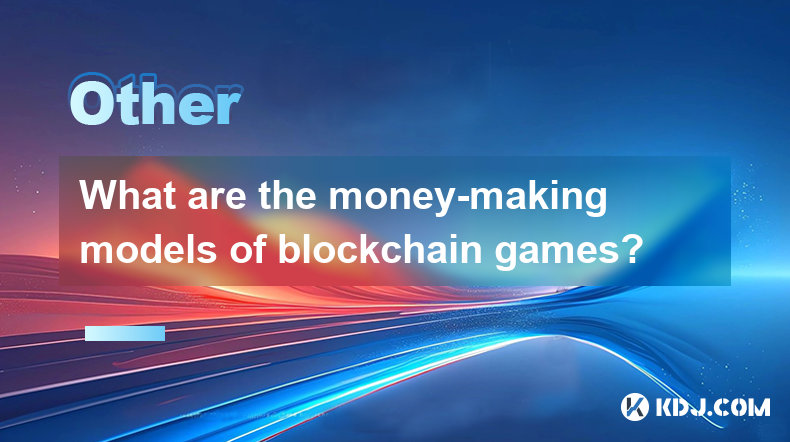
What are the money-making models of blockchain games?
Apr 04,2025 at 02:00pm
Blockchain games have emerged as a revolutionary way for players to earn real money while enjoying their favorite pastime. These games leverage the power of blockchain technology to create unique money-making models that benefit both the players and the developers. In this article, we will explore the various money-making models of blockchain games and ...
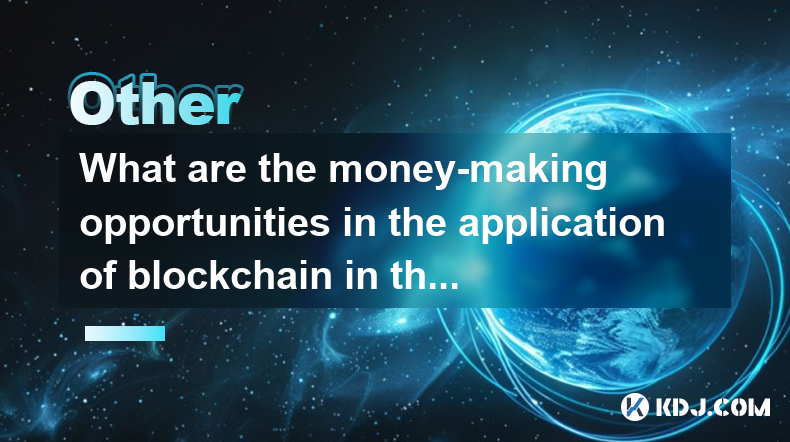
What are the money-making opportunities in the application of blockchain in the medical industry?
Apr 03,2025 at 03:35am
The integration of blockchain technology into the medical industry presents a myriad of money-making opportunities that can revolutionize healthcare systems. Blockchain's inherent characteristics, such as transparency, security, and immutability, make it an ideal solution for various medical applications. By leveraging blockchain, companies can develop ...
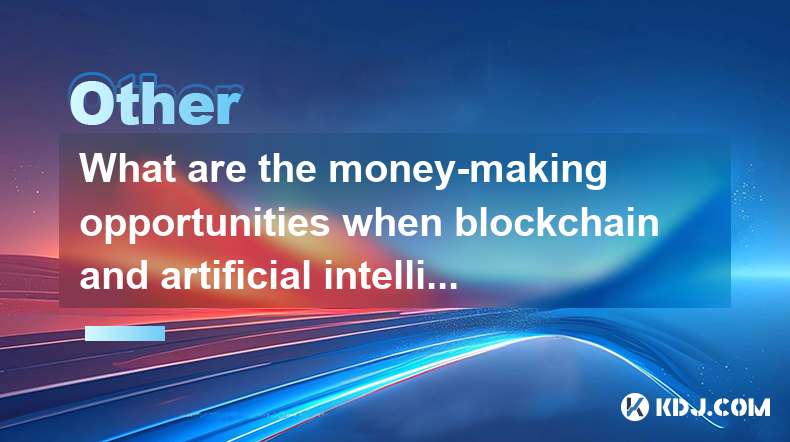
What are the money-making opportunities when blockchain and artificial intelligence are combined?
Apr 04,2025 at 01:28am
The convergence of blockchain and artificial intelligence (AI) presents a myriad of money-making opportunities within the cryptocurrency circle. This fusion leverages the decentralized and secure nature of blockchain with the analytical prowess of AI, creating innovative solutions and platforms that can generate significant revenue. From enhancing tradi...

Is the ranking of Chinese blockchain apps real and reliable?
Apr 04,2025 at 09:01pm
The ranking of Chinese blockchain apps has become a topic of interest for many in the cryptocurrency community, as it provides insights into the popularity and adoption of blockchain technology within China. However, the reliability and authenticity of these rankings are often questioned. This article aims to delve into the factors that influence these ...

What are the future development trends of blockchain game development?
Apr 03,2025 at 05:00am
Blockchain technology has revolutionized various industries, and gaming is no exception. As we look to the future, several trends are set to shape the development of blockchain games. These trends not only promise to enhance the gaming experience but also to integrate blockchain technology more seamlessly into the gaming ecosystem. Let's explore these t...

What are the maintenance costs of blockchain system development?
Apr 03,2025 at 06:07pm
The maintenance costs of blockchain system development are multifaceted and depend on various factors. These costs can include technical maintenance, security updates, infrastructure expenses, and personnel costs. Understanding these elements is crucial for anyone planning to develop or maintain a blockchain system. Technical MaintenanceTechnical mainte...

What are the money-making models of blockchain games?
Apr 04,2025 at 02:00pm
Blockchain games have emerged as a revolutionary way for players to earn real money while enjoying their favorite pastime. These games leverage the power of blockchain technology to create unique money-making models that benefit both the players and the developers. In this article, we will explore the various money-making models of blockchain games and ...

What are the money-making opportunities in the application of blockchain in the medical industry?
Apr 03,2025 at 03:35am
The integration of blockchain technology into the medical industry presents a myriad of money-making opportunities that can revolutionize healthcare systems. Blockchain's inherent characteristics, such as transparency, security, and immutability, make it an ideal solution for various medical applications. By leveraging blockchain, companies can develop ...

What are the money-making opportunities when blockchain and artificial intelligence are combined?
Apr 04,2025 at 01:28am
The convergence of blockchain and artificial intelligence (AI) presents a myriad of money-making opportunities within the cryptocurrency circle. This fusion leverages the decentralized and secure nature of blockchain with the analytical prowess of AI, creating innovative solutions and platforms that can generate significant revenue. From enhancing tradi...
See all articles





















































































